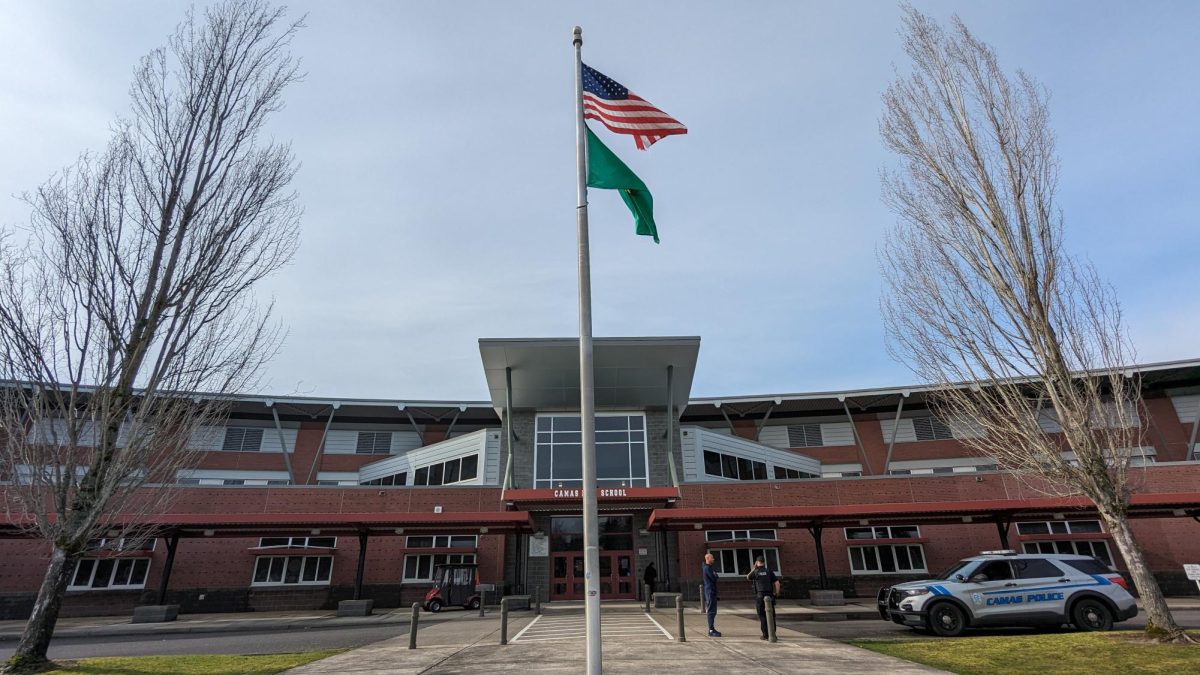According to a study by the National Center for Education Statistics, as of 2019, the United States ranked in the top five nations internationally in terms of education spending per student in elementary and secondary education, but did not even reach the top 10 countries in quality of education systems. American schools are some of the most well-funded in the world, yet they perform worse than the highest-performing countries despite the sizable funding advantage.
According to World Population Review, the top ten countries with the best education system are as follows-
- Denmark
- Finland
- Japan
- Canada
- Sweden
- Germany
- Israel
- Netherlands
- Singapore
- South Korea
Rearranging this list (and adding the US) to reflect spending per student for 2023, countries ranked one through 10 are as follows-
- South Korea – $15900
- US – $15500
- Sweden – $13800
- Germany – $13700
- Netherlands – $13600
- Denmark – $13200
- Canada – $12800
- Finland – $12000
- Japan – $10700
- Israel – $9800
- Singapore – N/A
The US does not even appear on the top 10 list for education systems, yet it ranks second in education spending compared to the same countries. Many potential factors play into this.

One reason for this pattern is that the United States has been consistently lowering expectations for students, and failing to keep them accountable to those standards on a cultural level as well as professional. The culture around education and its importance is looser than in other countries.
“[In Turkey] The education system is very hard. Each year for four years you have to take all the classes, like chemistry, biology, physics, math, Turkish, English and [additionally,] another language or music [class]… or physical education,” Camas High School (CHS) sophomore Merve Sakallioglu, a CHS student from Turkey, said. She also said they have a college admission exam that almost three or four million people take which makes it hard to get into a good college. “The students are under a lot of pressure.”
German student Nike von Waldenfels had some similar thoughts.
“Being successful in school is taken pretty seriously. I think that most of the parents just want their children to succeed and be happy,” Waldenfels said.
This is not to say that American parents do not want their children to succeed, but the attitude appears much less strict. Parents are more lenient on school attendance, and while good grades are rewarded in some families, the bar for a “good grade” can be very low.
In the 2022-2023 school year, only 39.1% of students achieved math standards in the state of Washington, and 50.7% met ELA standards. CHS was significantly better, with 83% reaching ELA standards and 56.4% reaching math standards. However, there is another related effect at play.
“When students don’t learn, or achieve at lower grades, they are passed on anyway,” CHS government teacher Greg Plitt said. “In subjects like reading, writing and math, the cumulative effect is massive.”

Plitt exemplified the situation by suggesting that a student cannot excel in algebra if they never understood addition and multiplication. He also mentioned the politics that play a role in this issue. Fixing an issue of this magnitude requires a strong sense of national unity. Additionally, Plitt added that most politicians care more about winning elections rather than finding effective solutions.
“It’s easier for everyone to just go along with a broken system rather than stop, break it down, and fix it, and even if we wanted to, could we agree enough as a country to do it?” Plitt said.
Yet another factor in this issue is that America is a “melting pot” of cultures. As a result, many resources are used to make education accessible to all students, whereas such diversity struggles in other countries. Both Waldenfels and Sakallioglu spoke of a lack of diversity in German and Turkish schools respectively, with Waldenfels attributing this to “social inequality.” Waldenfels also mentioned that more advanced schools in Germany tend to have less diversity. This is one potentially good reason for US education being the way it is. This means that the country is doing a lot to make education more accessible to all, not just more effective for a smaller population.










































